There are now an estimated 3,500 to 4,000 wild red deer in the Exmoor area. There are more reds per hectare on Exmoor than any other part of the UK. There are also good numbers of Roe Deer.
The guide that took us stalking on Exmoor manages the herds over many farms on request of the farmers and landowners. Weighing 150 to 400+ lbs the damage they cause to the farmers land is very clear to see. Many of the hedges for example have been smashed down by the herds of red deer and the amount of food these big deer consume per day is significant. As always the aim is to manage the deer to sustainable numbers and not to eliminate them.
The meat from the Exmoor Deer is then dry hung for around two weeks and then sold to Bristol's finest restaurants and butchers. It is some of the best meat that I have ever eaten. Absolutely stunning and low in fat.
The effort that goes into getting premium quality venison to the consumer cannot be underestimated.
Leaving Bristol at around 4am we travelled down to Exmoor. We tracked several herds for around 4 hours, often running up and down hills, over fences and through streams trying to keep up with them. It is absolutely exhausting. Eventually a red stag presented itself in a position where it could be safely shot. The deer was quickly dispatched from around 100-120 yards with my .308 rifle using 150gr Hornady SST bullets.
The hard work then begins. We gralloch (gut) the deer immediately. We inspect the liver, lymph nodes, kidneys, heart etc and the overall condition of the deer, to ensure that the deer is healthy and fit for human consumption and that it wasn't carrying any notable diseases.
The deer is gralloched using minimal incisions to ensure that it is not contaminated.
We then placed the deer in a plastic drag sledge and had to drag it into a position where it could be extracted using a vehicle.
This took us around 2 hours and has taken as long as 4 hours. We had to drag it up and down hills, through streams and over fences. It is absolutely exhausting!
We finally got back to Bristol at around 4pm. The deer was then placed into the chiller for around 2 weeks. Where it is hung to make the venison tender.
After 2 weeks the carcuss is butchered and vacuum packed by a local butcher.
The rump and loin are cut into steaks. The rest is minced or cut into chunks for stewing.
It really is some of the best meat that I have ever eaten.

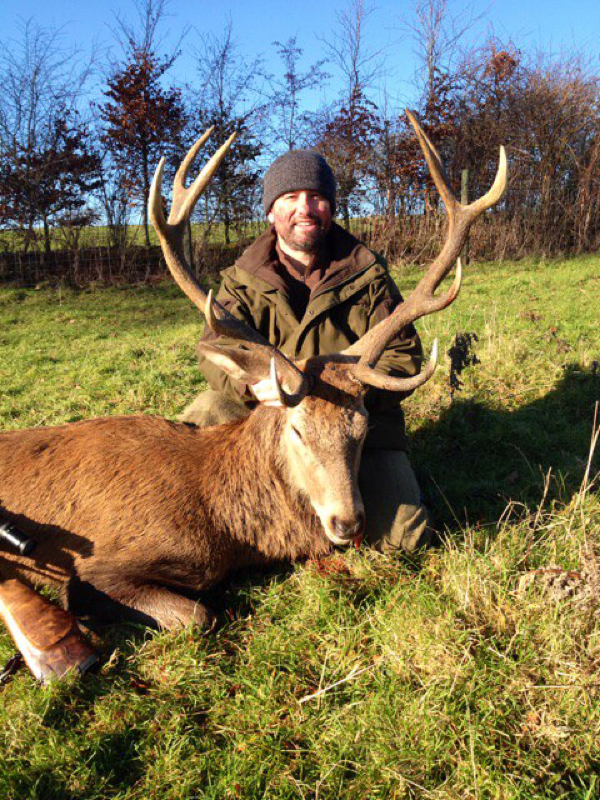
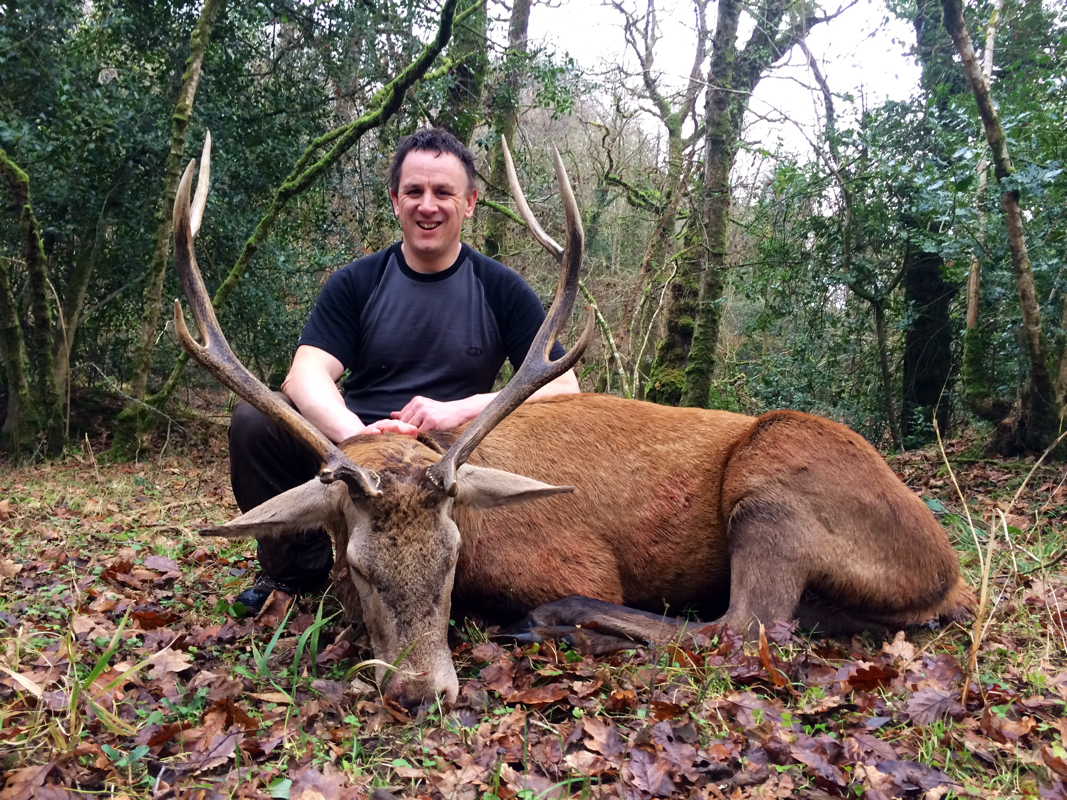
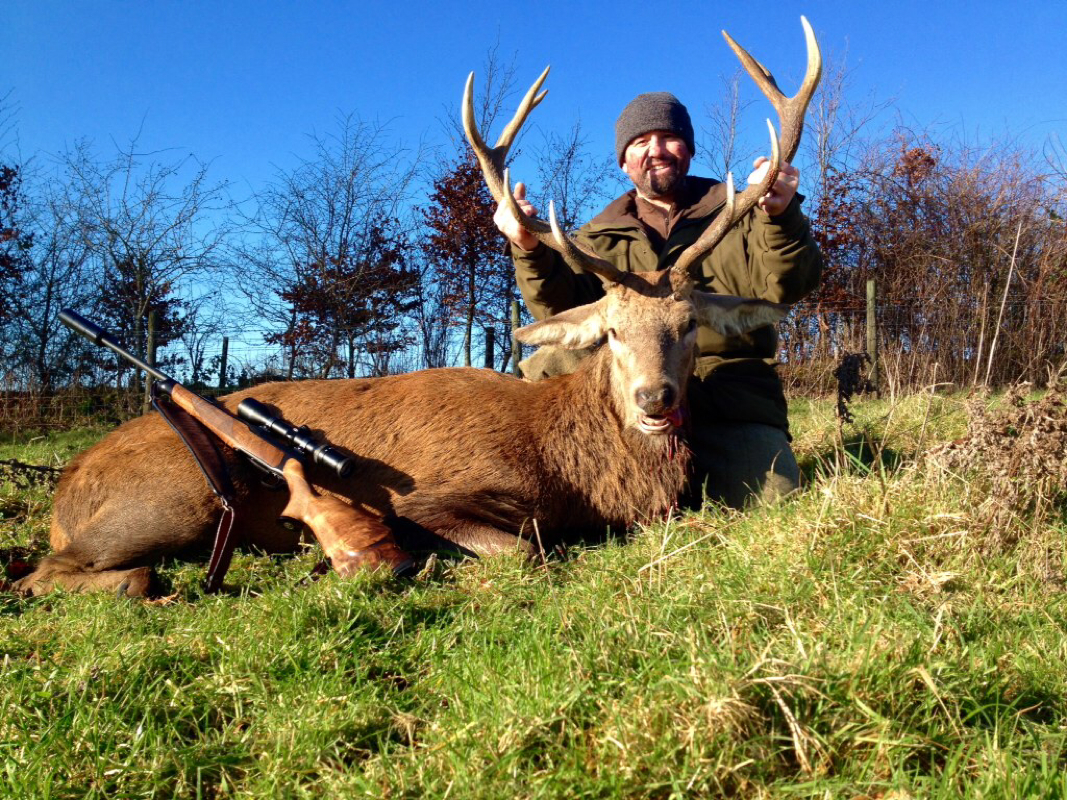
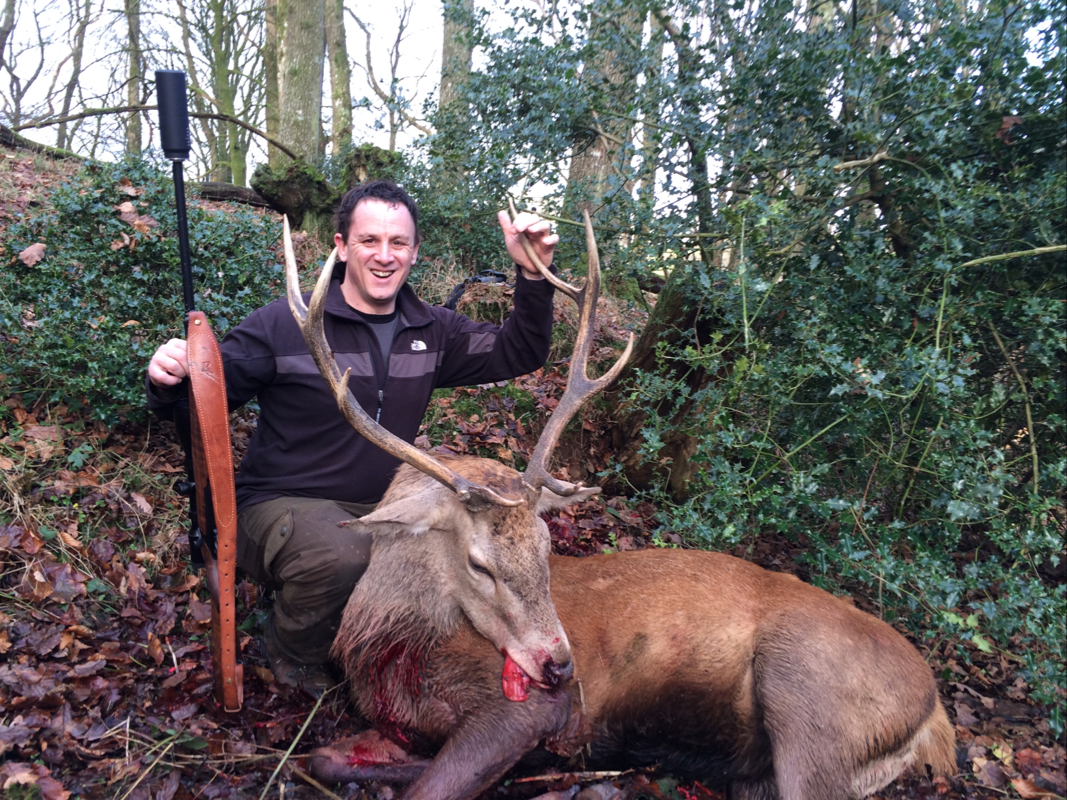
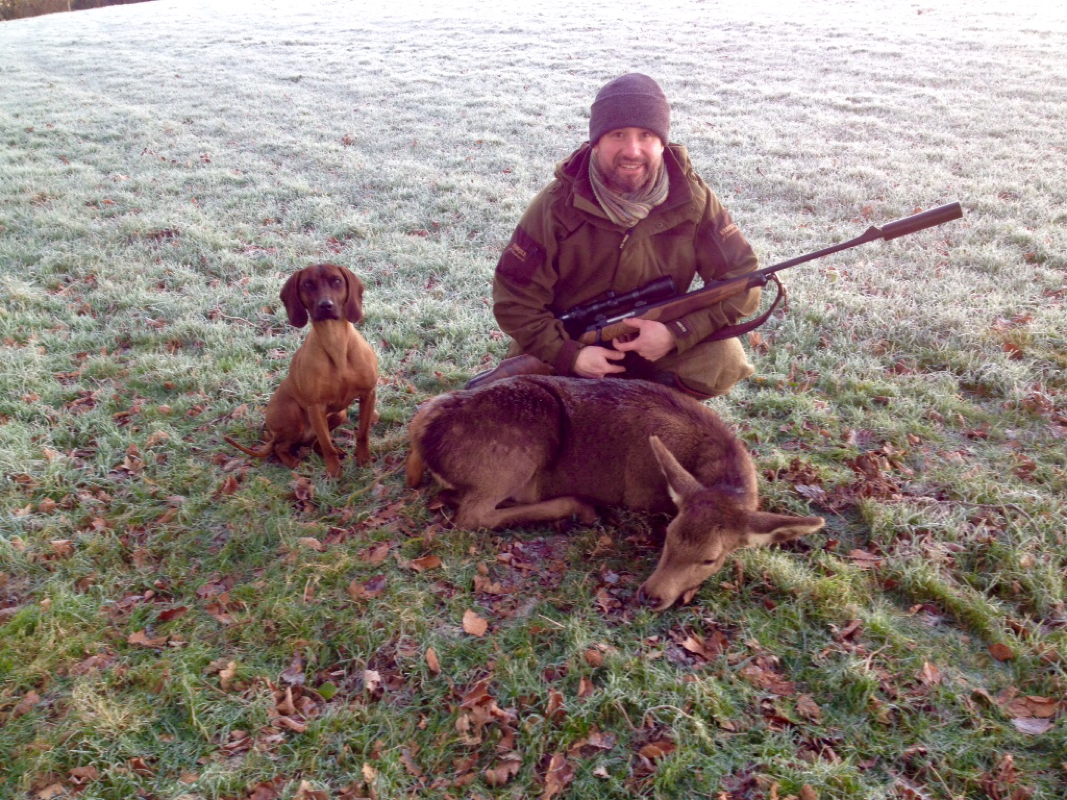
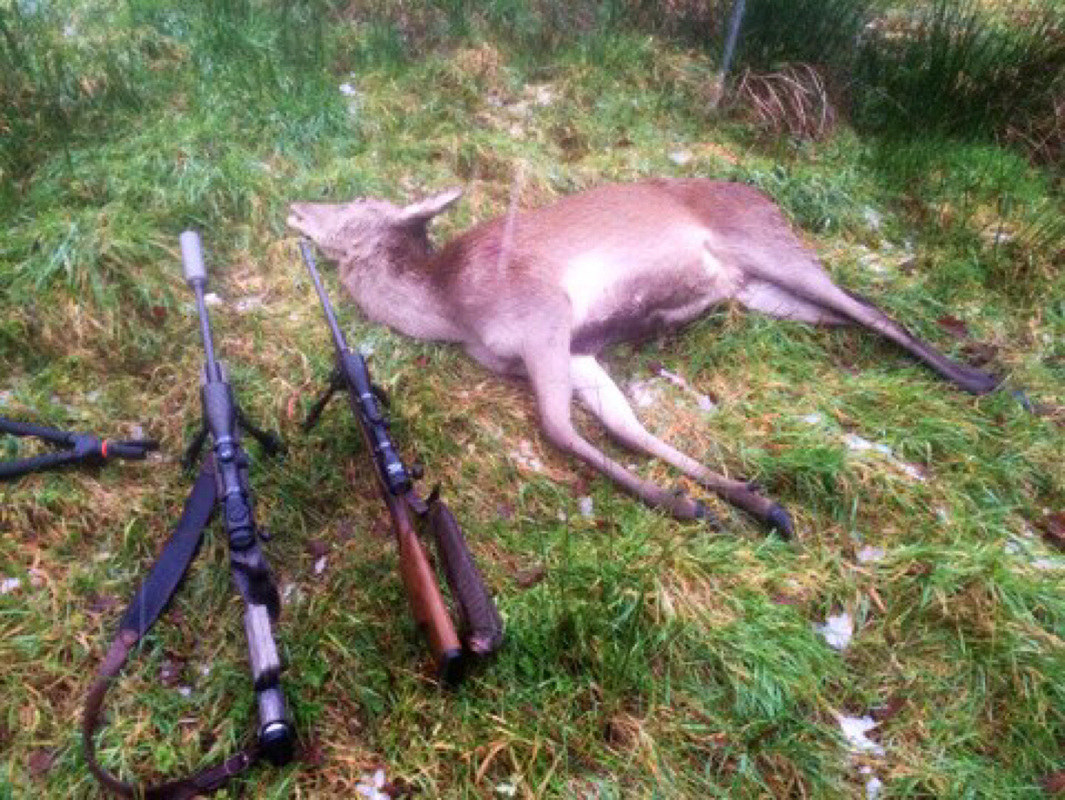
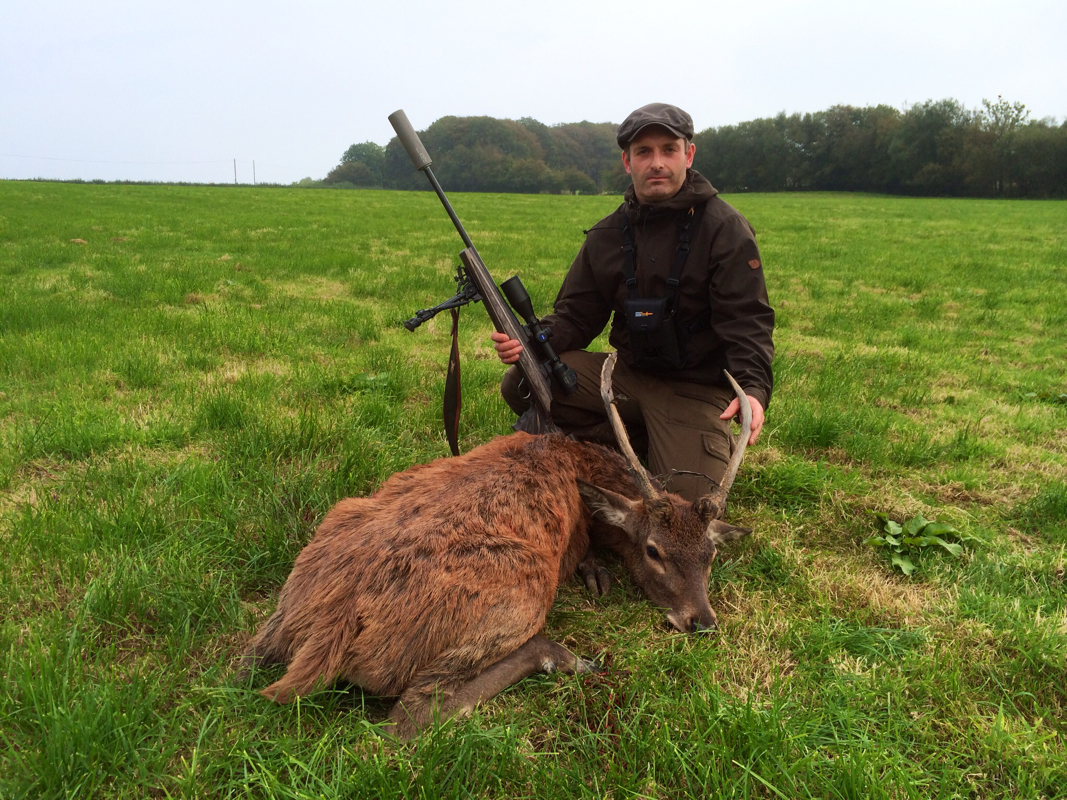
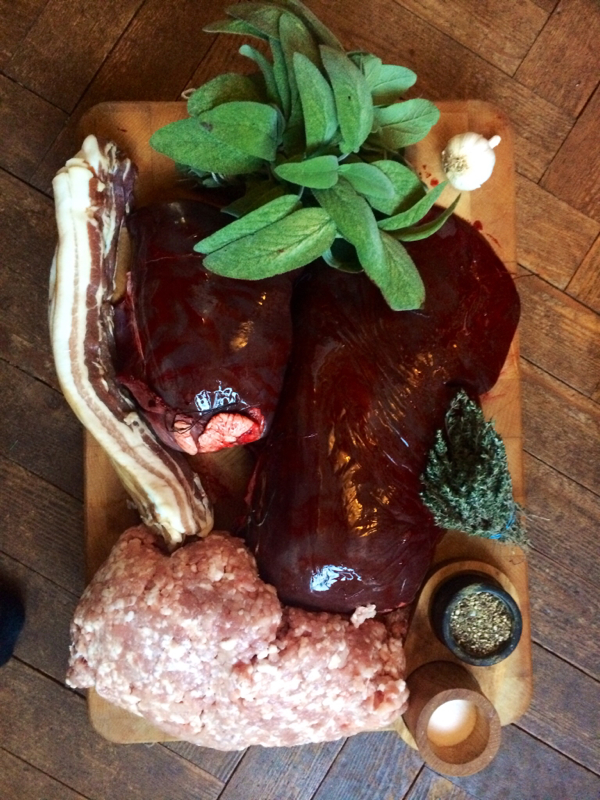
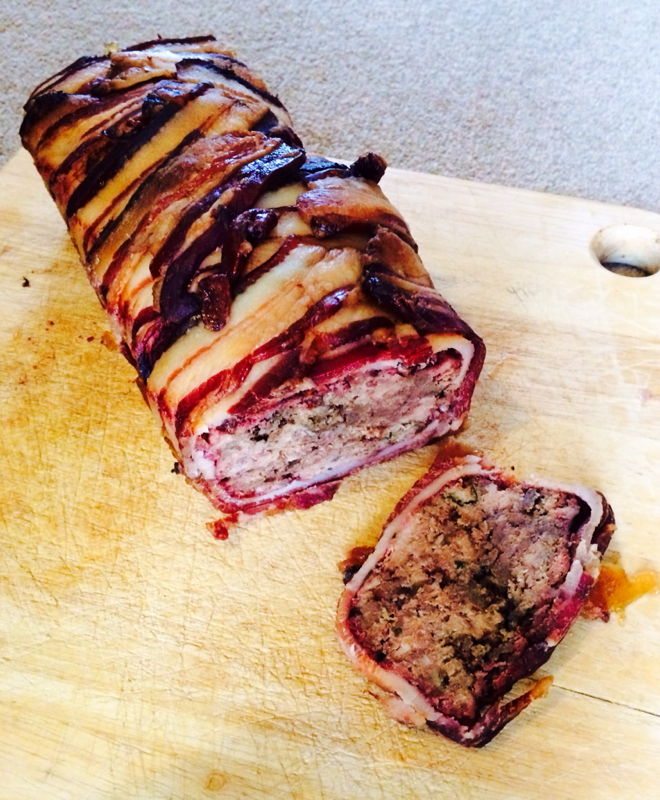
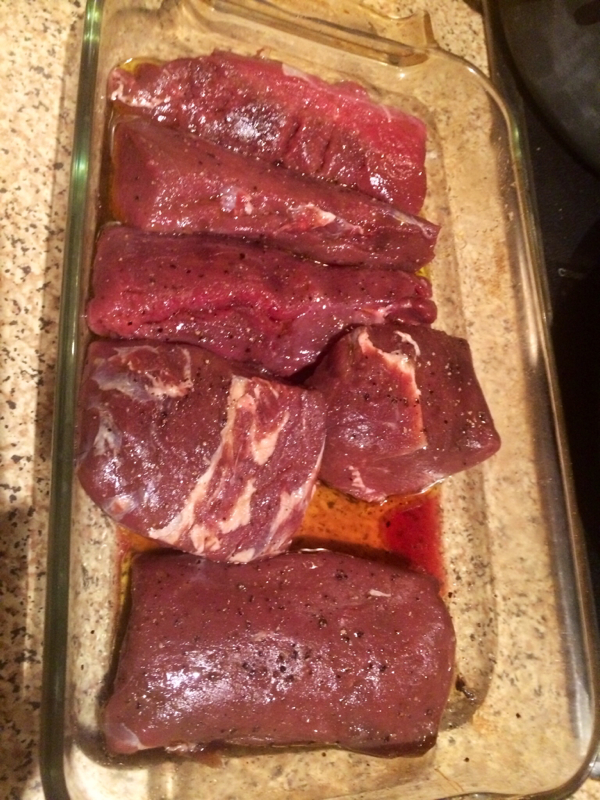
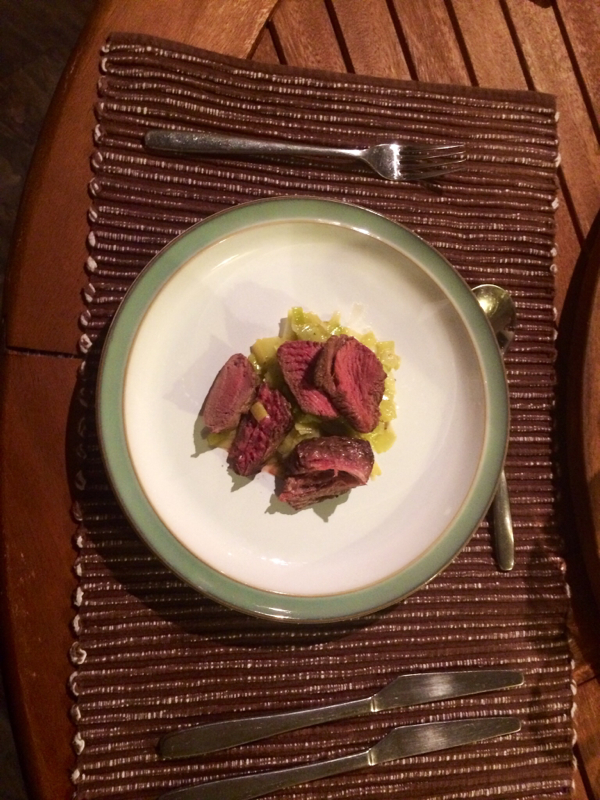
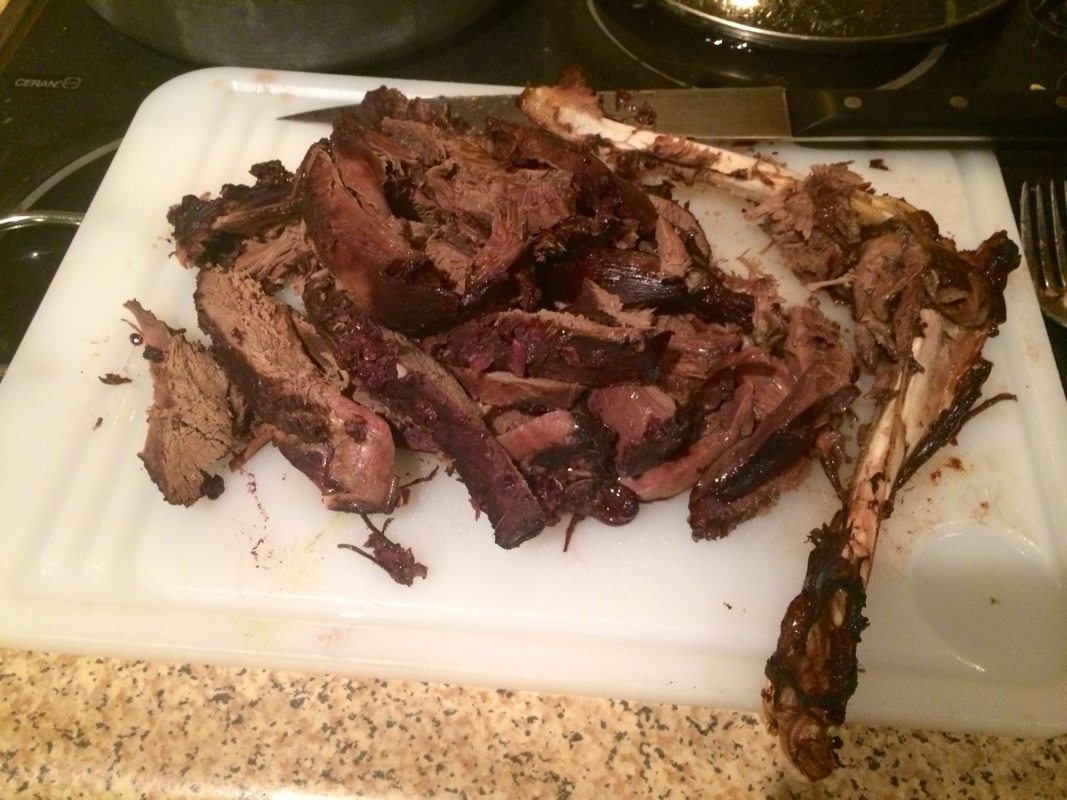
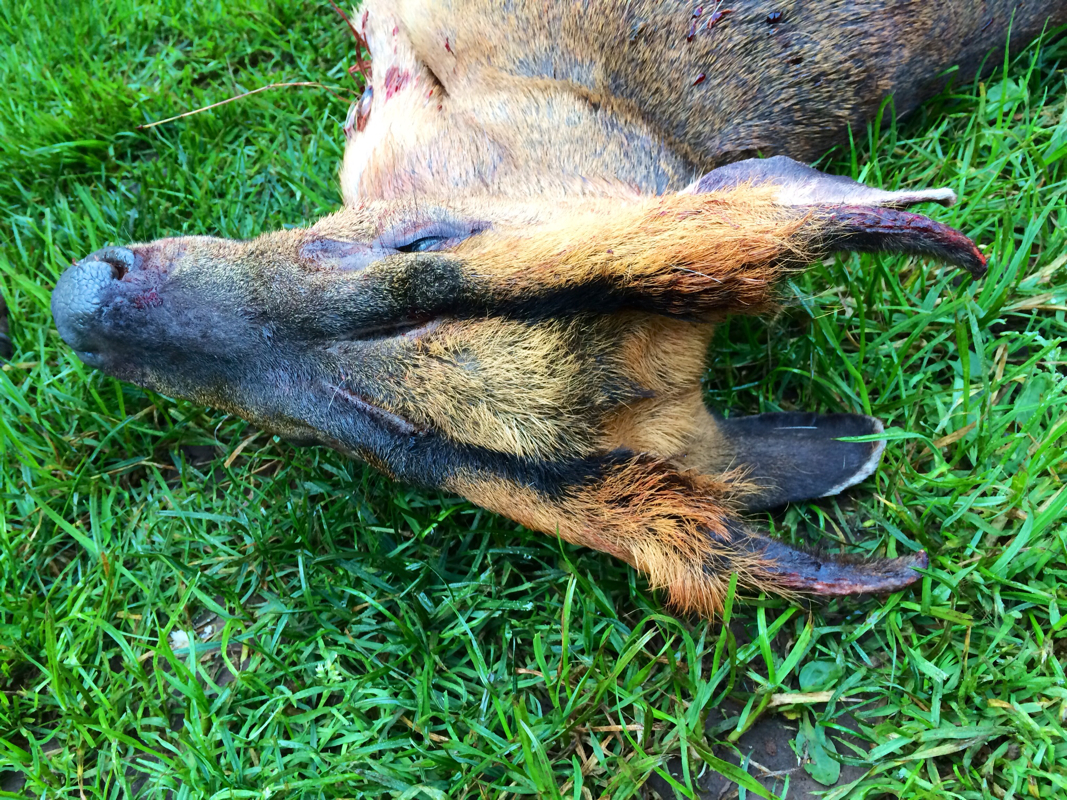
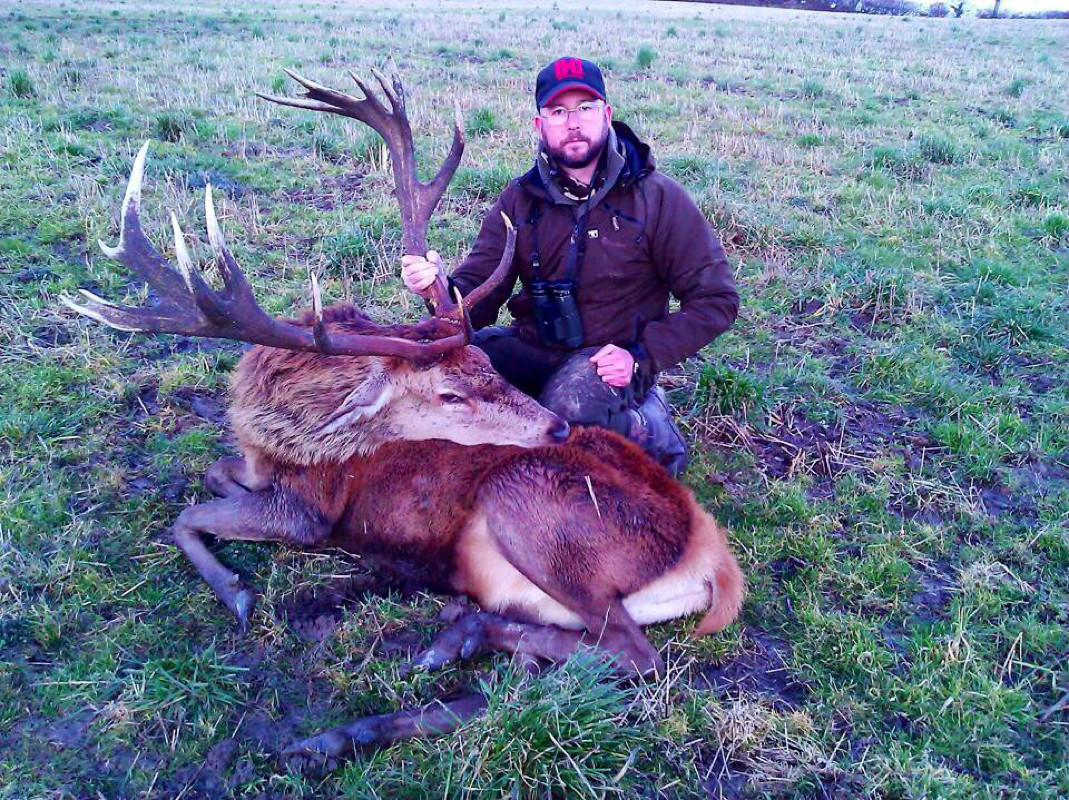
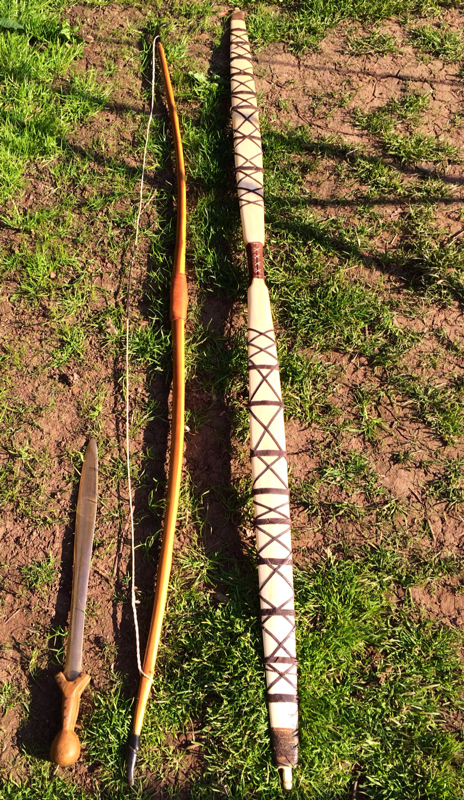
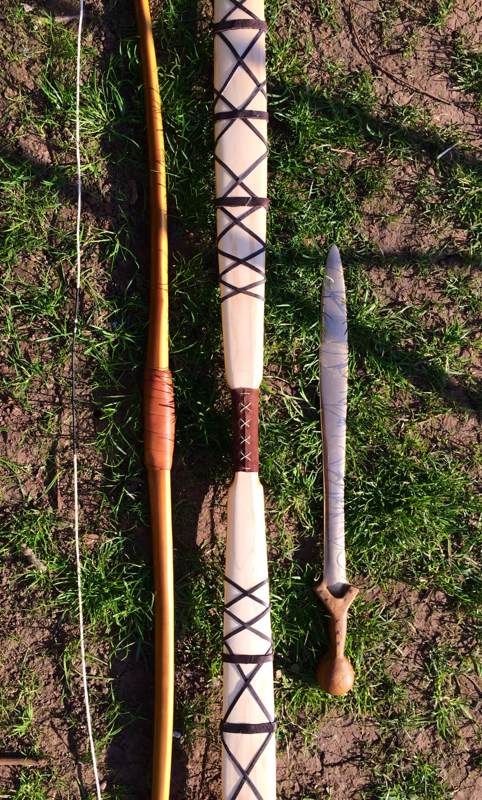
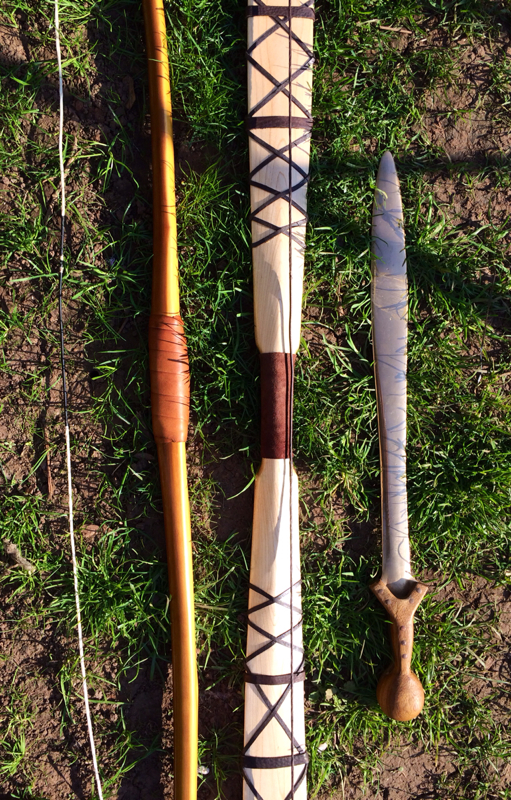
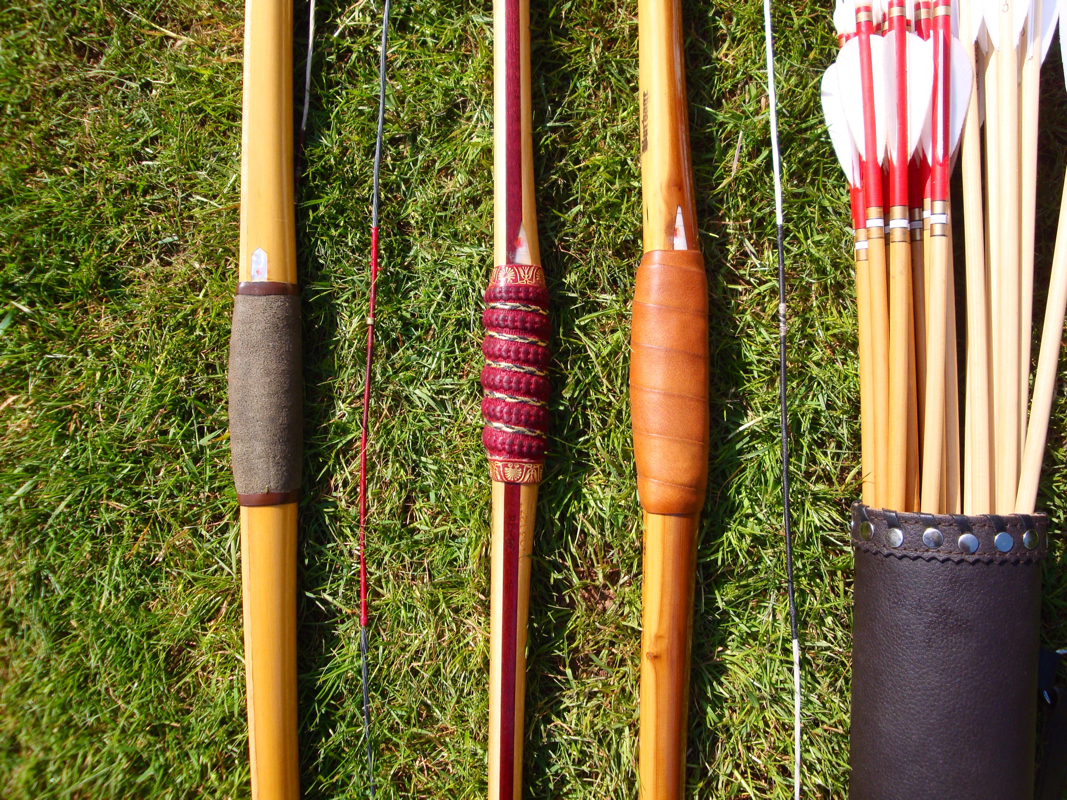
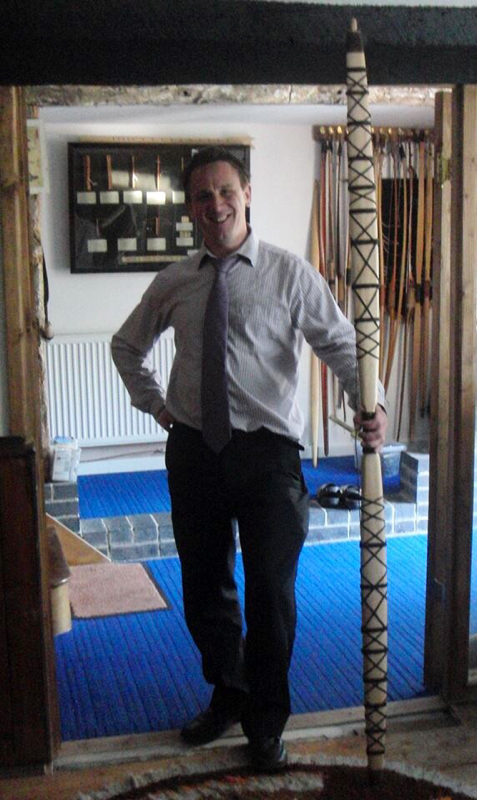
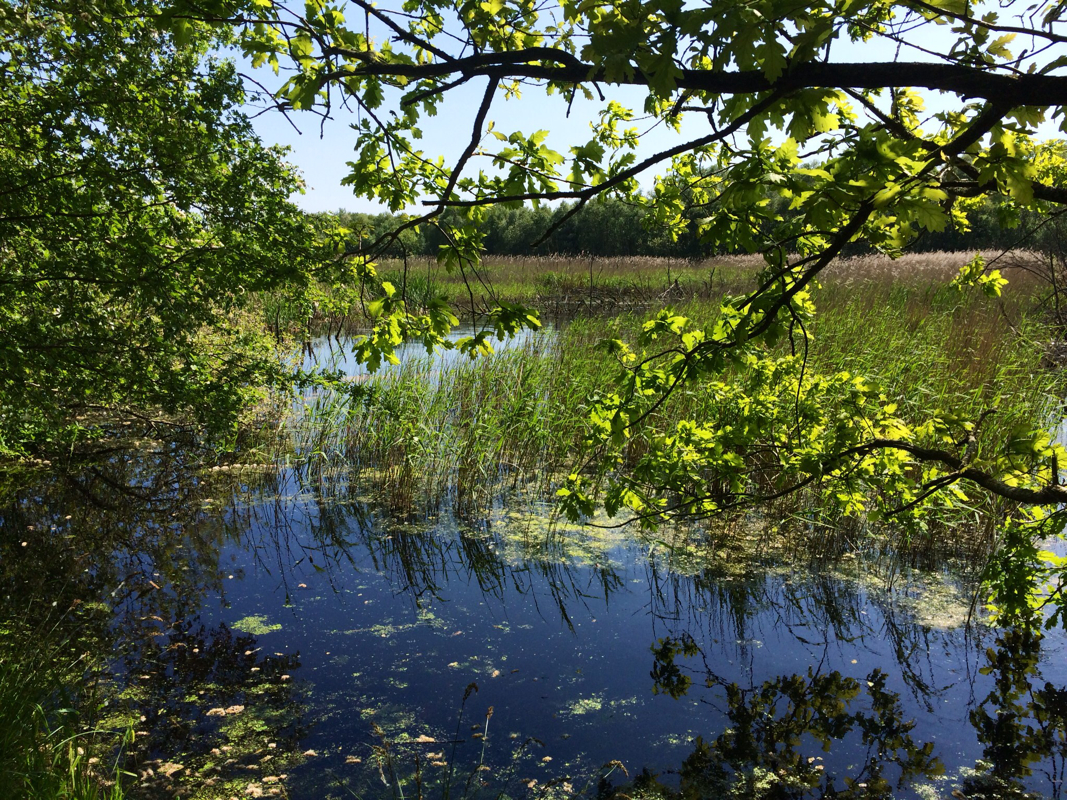
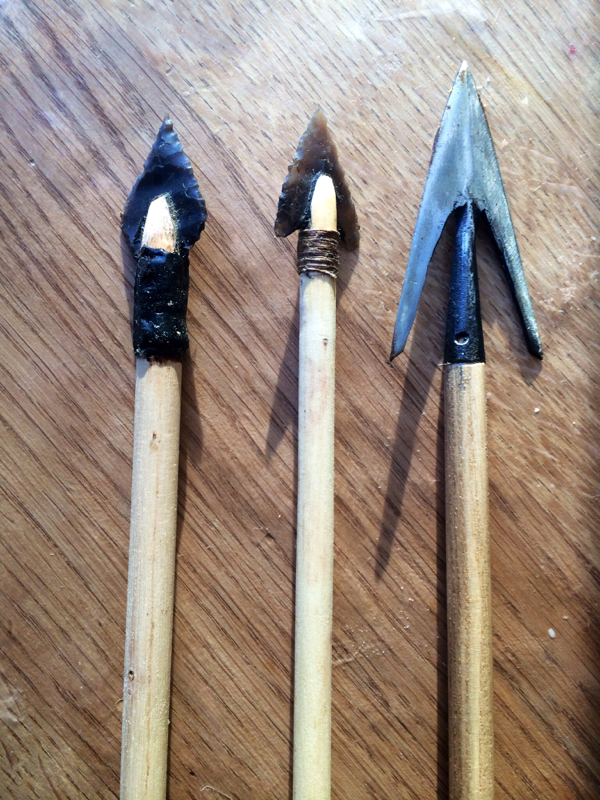
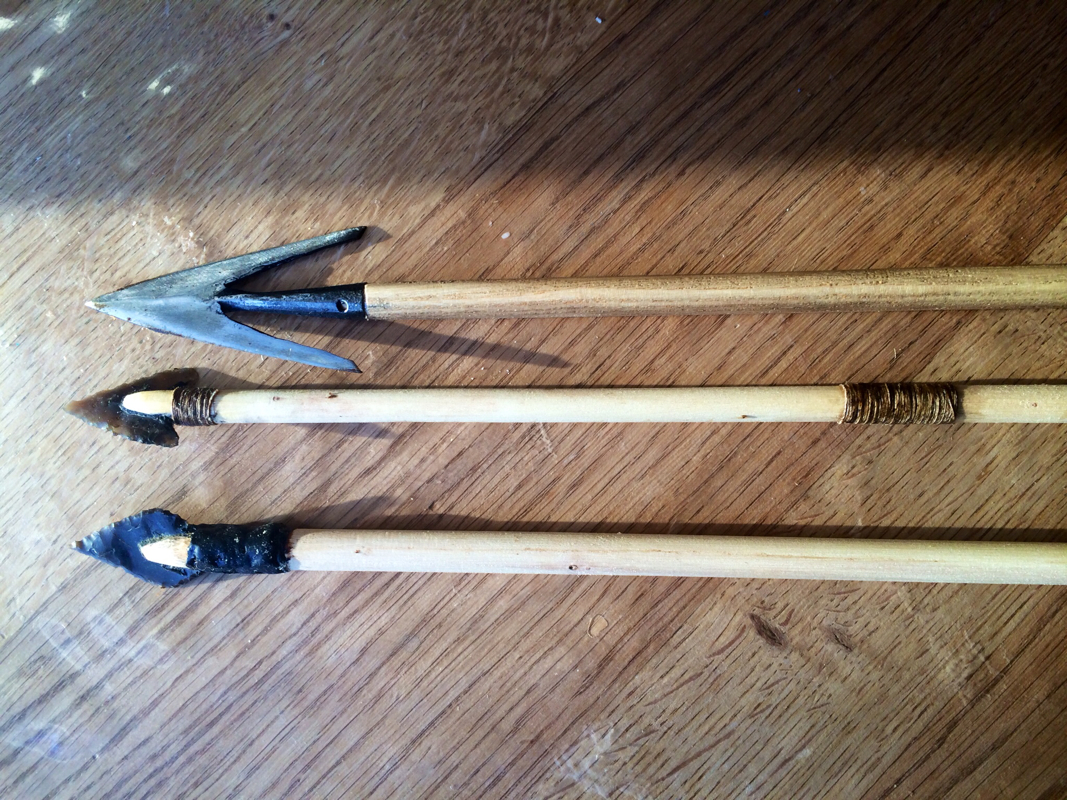

 RSS Feed
RSS Feed
